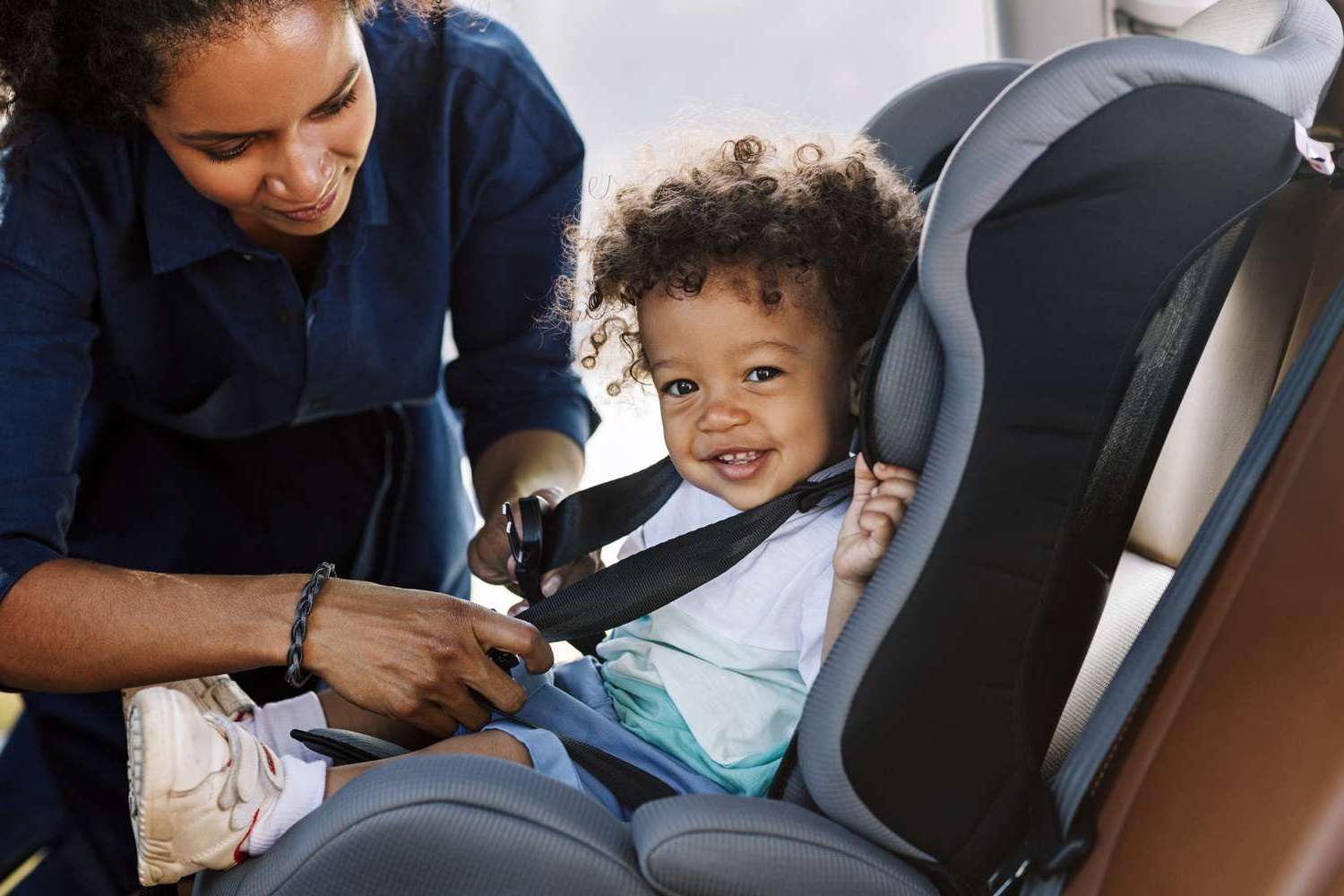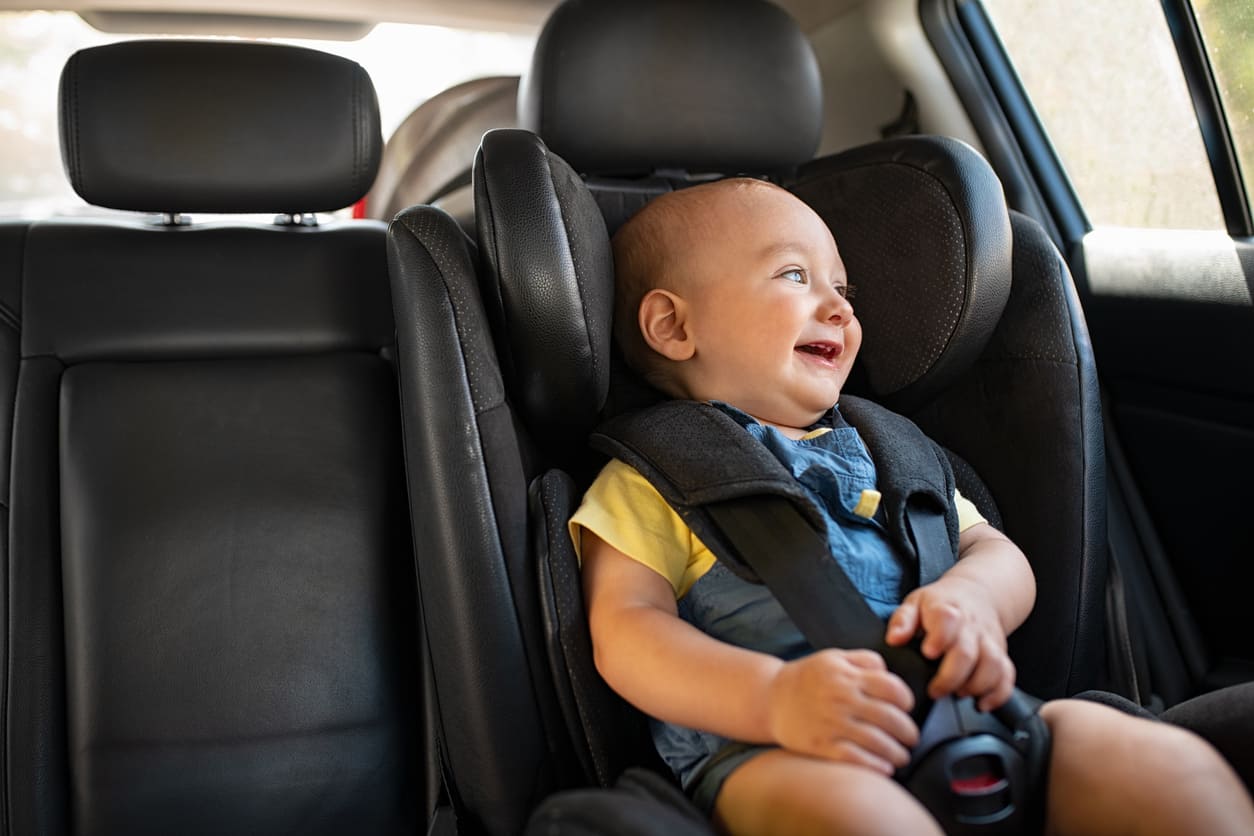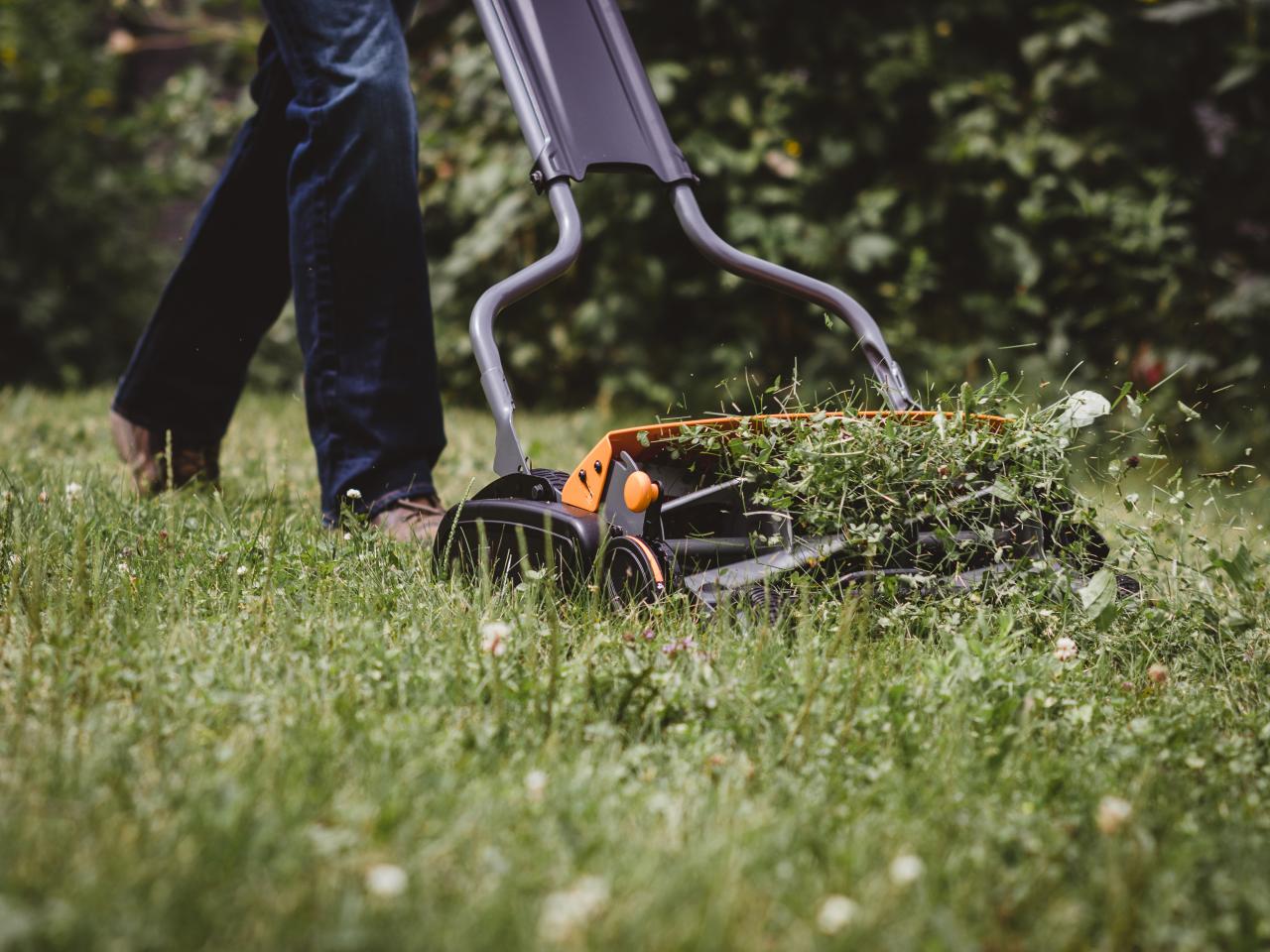Home>Maintenance & Safety>Child & Elderly Safety at Home>When Can A Child Stop Using A Booster Seat In Michigan


Child & Elderly Safety at Home
When Can A Child Stop Using A Booster Seat In Michigan
Modified: August 27, 2024
In Michigan, learn the guidelines for when a child can safely stop using a booster seat to ensure child and elderly safety at home. Understand the legal requirements and best practices.
(Many of the links in this article redirect to a specific reviewed product. Your purchase of these products through affiliate links helps to generate commission for Storables.com, at no extra cost. Learn more)
Introduction
Ensuring the safety of children in vehicles is a top priority for parents and caregivers. In Michigan, as in many other states, there are specific laws and guidelines in place to protect young passengers. One crucial aspect of child passenger safety is the use of booster seats, which are designed to provide additional protection for children who have outgrown their forward-facing car seats but are not yet ready to use a vehicle's seat belt alone.
Understanding the regulations and best practices regarding booster seat usage is essential for every parent and caregiver. It's not just about following the law; it's about safeguarding the well-being of our precious young passengers. This article aims to provide comprehensive insights into Michigan's booster seat requirements, the factors to consider when determining if a child can stop using a booster seat, and the guidelines for making this important transition.
By delving into this topic, we can empower parents and caregivers with the knowledge they need to make informed decisions about their children's safety while traveling in vehicles. Let's explore the Michigan laws on booster seat requirements, the factors to consider, and the pivotal question of when a child can stop using a booster seat.
Key Takeaways:
- Children in Michigan must use a booster seat until they are 8 years old or 4 feet 9 inches tall to stay safe in vehicles. It’s important for caregivers to consider age, height, behavior, and vehicle fit before transitioning to a seat belt.
- Caregivers play a crucial role in keeping children safe in vehicles by following Michigan’s booster seat laws and considering factors like age, height, behavior, and professional advice before transitioning to a seat belt.
Michigan Law on Booster Seat Requirements
In Michigan, the law mandates the use of booster seats for children under a certain age, weight, and height. The primary objective of these regulations is to ensure the safety of young passengers while traveling in motor vehicles. According to Michigan law, children must be secured in a proper child restraint system until they reach the age of 8 or a height of 4 feet 9 inches. This requirement applies to all passengers who are under the age of 16, emphasizing the state's commitment to protecting the well-being of young individuals.
The law specifies that children who have outgrown their forward-facing car seats must transition to booster seats until they meet the stipulated age and height requirements. This transition is crucial as it provides additional protection and ensures that the vehicle's seat belt fits the child properly. By using booster seats, children are positioned in a way that allows the seat belt to function as intended, reducing the risk of injury in the event of a collision or sudden braking.
It's important for parents and caregivers to understand that compliance with these regulations is not merely a matter of legal obligation; it is a fundamental aspect of responsible child care. By adhering to the booster seat requirements outlined in Michigan law, caregivers play a pivotal role in safeguarding the lives of young passengers and minimizing the potential consequences of vehicular accidents.
Moreover, Michigan's booster seat laws underscore the significance of ongoing education and awareness regarding child passenger safety. By staying informed about the legal requirements and best practices for securing children in vehicles, caregivers can actively contribute to creating a safer environment for young passengers on the road.
In essence, Michigan's laws on booster seat requirements reflect a proactive approach to child safety, emphasizing the importance of using appropriate child restraint systems until children reach the designated age and height thresholds. By upholding these regulations, caregivers demonstrate their commitment to prioritizing the well-being of young passengers and promoting a culture of responsible and attentive child passenger safety.
This section provides a comprehensive overview of Michigan's laws pertaining to booster seat requirements, highlighting the state's dedication to ensuring the safety of young passengers in motor vehicles. Understanding these regulations is essential for every caregiver, as compliance with the law is a crucial step in protecting children and minimizing the risks associated with vehicular travel.
Factors to Consider
When determining if a child can stop using a booster seat, several factors should be carefully considered to ensure the child's safety and compliance with Michigan's laws. These factors play a crucial role in assessing whether a child is ready to transition from a booster seat to using a vehicle's seat belt alone. By taking these considerations into account, caregivers can make informed decisions that prioritize the well-being of young passengers.
Age and Physical Development
The age and physical development of the child are fundamental factors to consider when evaluating readiness to transition from a booster seat. While Michigan law specifies the age of 8 as a milestone for potential transition, it's essential to recognize that individual children develop at different rates. Some children may reach the age of 8 but still lack the physical maturity required to safely use a vehicle's seat belt without a booster seat. Caregivers should assess the child's physical development, particularly in terms of height, to determine if they have outgrown the need for a booster seat.
Height and Weight
In addition to age, the child's height and weight are critical considerations. Michigan law mandates the use of a booster seat until a child reaches a height of 4 feet 9 inches. This requirement is based on the premise that a child should be tall enough for the vehicle's seat belt to fit them properly. Similarly, weight can also impact the effectiveness of a seat belt in the event of a collision. Caregivers should ensure that the child meets the height and weight criteria specified in the law before considering the transition from a booster seat.
Behavior and Maturity
The child's behavior and maturity level are important factors that can influence their readiness to transition from a booster seat. It's essential to assess whether the child consistently follows safety instructions, such as sitting properly in the vehicle and refraining from unnecessary movement while the vehicle is in motion. Additionally, the child's ability to understand and adhere to safety guidelines is a key aspect of their readiness to transition to using a seat belt without a booster seat.
Vehicle and Seating Position
The type of vehicle and the child's seating position within the vehicle are also factors to consider. Different vehicles may have varying seat belt configurations, and some seating positions may provide better or poorer fit for a child using a seat belt. Caregivers should assess how well the vehicle's seat belt fits the child in their typical seating position to ensure that transitioning from a booster seat is appropriate and safe.
Consultation with Professionals
Seeking guidance from child passenger safety technicians or healthcare professionals can provide valuable insights when considering the transition from a booster seat. These experts can assess the child's individual needs and offer personalized recommendations based on their expertise in child passenger safety. Caregivers can benefit from professional advice to ensure that the transition aligns with the child's safety and well-being.
By carefully considering these factors, caregivers can make well-informed decisions regarding the transition from a booster seat to using a vehicle's seat belt alone. Prioritizing the safety and comfort of the child is paramount, and these considerations serve as essential guidelines for evaluating readiness and compliance with Michigan's booster seat requirements.
When Can a Child Stop Using a Booster Seat
Determining the appropriate time for a child to discontinue using a booster seat is a significant decision that directly impacts their safety while traveling in a vehicle. In Michigan, as in many other states, specific guidelines and considerations come into play when evaluating a child's readiness to transition from a booster seat to using a vehicle's seat belt alone. By understanding the pivotal factors and adhering to the state's regulations, caregivers can confidently navigate this crucial phase of child passenger safety.
Age and Physical Development
Michigan law stipulates that children should use a booster seat until they reach the age of 8. However, it's important to recognize that age alone may not fully indicate a child's readiness to transition. Physical development, particularly in terms of height, is a critical aspect to consider. Some children may reach the age of 8 but still lack the necessary height for the vehicle's seat belt to fit them properly. Caregivers should assess the child's physical development to ensure that they have outgrown the need for a booster seat.
Height and Weight
Michigan's requirement for using a booster seat extends until a child reaches a height of 4 feet 9 inches. This criterion is based on the premise that a child should be tall enough for the vehicle's seat belt to provide adequate protection. Additionally, weight can also impact the effectiveness of a seat belt in the event of a collision. Caregivers should ensure that the child meets the height and weight criteria specified in the law before considering the transition from a booster seat.
Behavior and Maturity
The child's behavior and maturity level play a crucial role in their readiness to transition from a booster seat. It's essential to assess whether the child consistently follows safety instructions, such as sitting properly in the vehicle and refraining from unnecessary movement while the vehicle is in motion. Additionally, the child's ability to understand and adhere to safety guidelines is a key aspect of their readiness to transition to using a seat belt without a booster seat.
Vehicle and Seating Position
The type of vehicle and the child's seating position within the vehicle are also factors to consider. Different vehicles may have varying seat belt configurations, and some seating positions may provide better or poorer fit for a child using a seat belt. Caregivers should assess how well the vehicle's seat belt fits the child in their typical seating position to ensure that transitioning from a booster seat is appropriate and safe.
Consultation with Professionals
Seeking guidance from child passenger safety technicians or healthcare professionals can provide valuable insights when considering the transition from a booster seat. These experts can assess the child's individual needs and offer personalized recommendations based on their expertise in child passenger safety. Caregivers can benefit from professional advice to ensure that the transition aligns with the child's safety and well-being.
By carefully evaluating these factors, caregivers can make well-informed decisions regarding the transition from a booster seat to using a vehicle's seat belt alone. Prioritizing the safety and comfort of the child is paramount, and these considerations serve as essential guidelines for evaluating readiness and compliance with Michigan's booster seat requirements.
Conclusion
In conclusion, the safety of children in vehicles is a paramount concern, and adhering to Michigan's laws and guidelines regarding booster seat requirements is crucial for ensuring the well-being of young passengers. By understanding the legal mandates and considering the various factors that influence the transition from a booster seat to using a vehicle's seat belt alone, caregivers can make informed decisions that prioritize the safety and comfort of children while traveling.
Michigan's laws on booster seat requirements underscore the state's commitment to child passenger safety, emphasizing the importance of using appropriate child restraint systems until children reach the designated age and height thresholds. Compliance with these regulations is not only a legal obligation but also a fundamental aspect of responsible child care, contributing to a safer environment for young passengers on the road.
When evaluating the readiness of a child to discontinue using a booster seat, factors such as age, physical development, height, weight, behavior, maturity, vehicle type, seating position, and professional guidance play pivotal roles. Caregivers should carefully assess these considerations to ensure that the transition aligns with the child's safety and well-being.
By prioritizing the safety and comfort of children, caregivers can navigate the transition from a booster seat to using a vehicle's seat belt with confidence and diligence. This proactive approach not only aligns with Michigan's booster seat requirements but also reflects a commitment to safeguarding the lives of young passengers and minimizing the potential consequences of vehicular accidents.
In essence, the decision to discontinue using a booster seat should be based on a comprehensive evaluation of the child's physical readiness, behavioral maturity, and adherence to safety guidelines, as well as compliance with Michigan's laws. By integrating these considerations into the decision-making process, caregivers can ensure that children transition to using a vehicle's seat belt alone at the appropriate time, promoting their safety and well-being while traveling in motor vehicles.
Ultimately, the collective efforts of caregivers, professionals, and policymakers in upholding child passenger safety regulations contribute to creating a culture of responsible and attentive care for young passengers, fostering a safer and more secure environment for children in vehicles across the state of Michigan.
Frequently Asked Questions about When Can A Child Stop Using A Booster Seat In Michigan
Was this page helpful?
At Storables.com, we guarantee accurate and reliable information. Our content, validated by Expert Board Contributors, is crafted following stringent Editorial Policies. We're committed to providing you with well-researched, expert-backed insights for all your informational needs.













0 thoughts on “When Can A Child Stop Using A Booster Seat In Michigan”